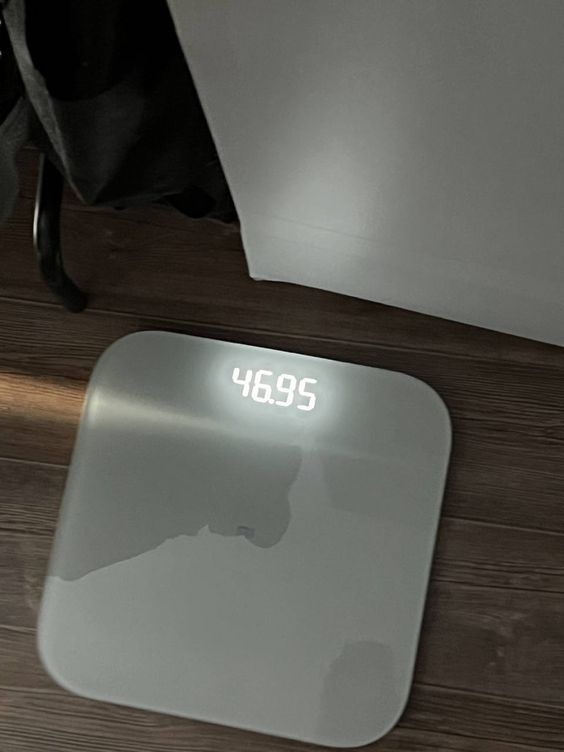LSD Metabolism: How Long Does It Stay In Your System?
LSD, which is commonly referred to as acid, is a powerful hallucinogenic drug characterized by its drastic influence on perception, mood, and cognition. The amount of time that LSD remains in the body and its detection in various body fluids or tissues are among the most commonly asked questions by users and those who undergo laboratory drug testing.
Although LSD is quickly metabolized in the body, the time that LSD is detectable in the body can vary and may be determined by several factors. This article focuses on LSD metabolism, the detection window in different biological specimens, and the factors determining how long does lsd last.

Metabolism of LSD
After LSD is ingested, it is rapidly absorbed into the bloodstream by the gastrointestinal tract. Peak levels in the blood generally occur within 1-3 hours after administration. What happens next is that the liver takes the LSD and metabolizes it into various compounds via hydroxylation and glucuronidation. The primary metabolite of LSD is 2-oxo-3-hydroxy-LSD, which is devoid of pharmacological activity.
Detection Time in Different Biological Samples
LSD may be identified in the urine within 1 – 4 days after its consumption. The detection period will differ depending on the dose consumed, frequency of intake, and how a body metabolizes the drug. However, LSD and its metabolites are usually expelled from the body faster than other drugs.
LSD is usually identifiable in blood samples after up to 12 hours. The tests for LSD are not so common, and they are typically done in case of emergencies such as accidents or hospitalization.
If you ask how long does lsd last in saliva, LSD can be detected in saliva within 1-4 days after use. The same as the urine ones, saliva tests for LSD are not used in standard drug screenings in most cases but may be used in particular circumstances. Also, LSD can be found in hair for up to 90 days after use. Hair tests have a longer detection window than urine, blood, and saliva tests.
Factors Affecting Detection Time
Dosage and Frequency of Use
A high dosage of LSD can increase its detection time. The greater the dosage, the higher the levels of LSD and its metabolites in the body, which lengthens the timeframe within which it can be detected.
Frequent users might have detectable levels of LSD and its metabolites for a longer time. Long-time use leads to the accumulation of LSD and its metabolites in the body, thereby extending the detection window compared to occasional use.
Metabolism, Body Mass Index (BMI), And Hydration Level
If you are wondering how long does lsd last, remember that metabolic rate determines the rate by which LSD is excreted from the body. Age, liver function, and genetics affect the metabolism and elimination of LSD and its metabolizing products. People who are overweight may eliminate LSD slowly. Additionally, drinking water may help accelerate the excretion of LSD and its metabolites from the body.
Also, taking other substances can affect LSD metabolism and elimination. Some drugs may compete for the enzymes involved in LSD metabolism, thus affecting the metabolism and detection time.
Summary
Knowing how LSD is metabolized in the body and how it is detected in body fluids is essential to users and those subjected to drug testing. While LSD or its metabolites can be identified in urine, blood, saliva, and hair, the detection duration varies depending on the method of testing. The Factors that determine the time LSD stays in your system and its detectability are dosage, frequency of use, metabolism, and other drugs that may be used at the same time.
When it comes to worries about LSD use or drug testing, it is advisable to consult with a doctor for personalized tips. They will show you the risks associated with LSD use and give you answers to your questions about drug testing and detection.





